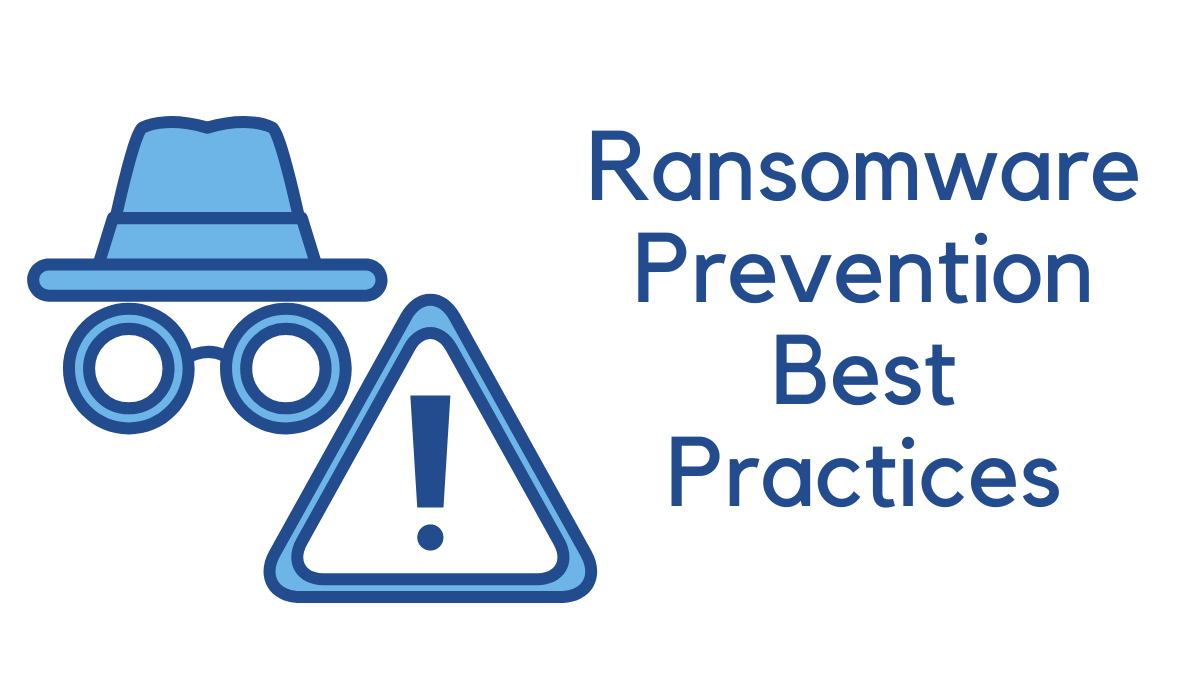Ransomware: The Future of Ransomware – Emerging Trends and How to Prepare

What is ransomware?
Ransomware is malicious software (malware) designed to block access to a computer system or encrypt files until a ransom is paid to the attacker. Once the ransomware has infected a system, it typically encrypts files or locks the system, rendering the data or device inaccessible to the user. The attacker then demands payment, often in cryptocurrency, in exchange for the decryption key or restoring system access.
Ransomware attacks are increasingly sophisticated, and businesses need to adapt to these evolving threats. Let's take a look at emerging trends and strategies for adequate preparation.
Emerging Trends
-
1. Double and Triple Extortion: Attackers now encrypt data, steal it, and threaten public release if the ransom is unpaid. Some also target backup systems for added leverage.
-
2. Ransomware-as-a-Service (RaaS): Ransomware is now commercially available, allowing less skilled attackers to execute sophisticated attacks, increasing the frequency of incidents.
-
3. Targeted Attacks on Critical Infrastructure: Sectors like healthcare and energy are targeted due to their high value and potential disruption impact.
-
4. Advanced Encryption and Evasion Techniques: Modern ransomware uses complex encryption and evasion tactics, including fileless ransomware that leaves minimal traces.
-
5. Social Engineering and Phishing: Many ransomware attacks start with phishing or social engineering to gain initial network access.

How to Prepare
Strengthen Backup Strategies: Regularly back up data and store backups securely offline or in an immutable format—test backups for quick restoration.
For a better understanding of what is Ransomware and how it can affect you, watch the video below!
Join Us Today!
We’re passionate about making digital skills accessible to everyone. By providing free, user-friendly courses, we hope to empower individuals and build stronger, more connected communities. Whether you’re a student, a professional, or simply someone looking to learn something new, our website has something for you.
Come visit us today and start your journey towards digital confidence. Together, we can delete the digital divide, one learner at a time. We can’t wait to help you get started!
➡️ Sign up for our future events here: https://www.eventbrite.com/o/learnbasictechorg-83606808403
🌐 Learn more about us: https://LearnBasicTech.org
📲 Follow us on social media for updates:
Facebook: https://www.facebook.com/LearnBasicTech
X: https://x.com/learnbasictech
Instagram: https://www.instagram.com/learnbasictech/
Created By
Femi Unazekin
Meet Femi Uanzekin, a dedicated cybersecurity professional whose expertise and passion embody smooth and uninterrupted digital experiences – just like how your cybersecurity should be. Femi is currently a curriculum developer for LearnBasicTech, where he focuses on creating accessible and engaging educational content to empower individuals with essential technology and cybersecurity skills.
With certifications including CISA, Network+, CISM, Security+, PMP, CRISC, and CGEIT, Femi brings a wealth of knowledge to the field. Driven by a commitment to defensive, offensive, and preventive security, as well as cybersecurity education, Femi is passionate about fostering safe and secure digital environments for all.
